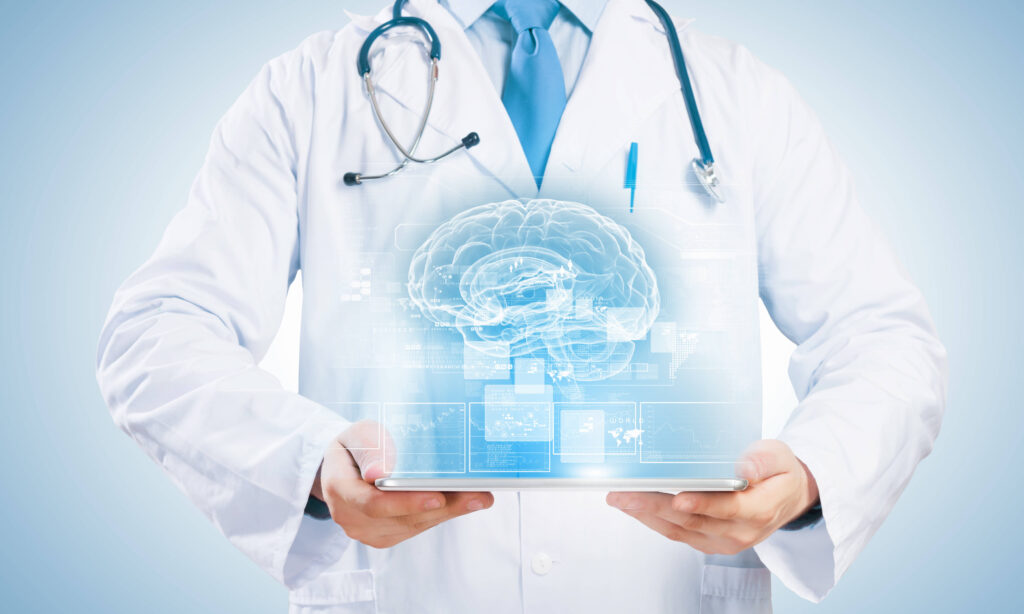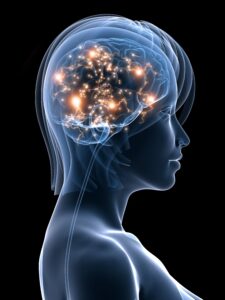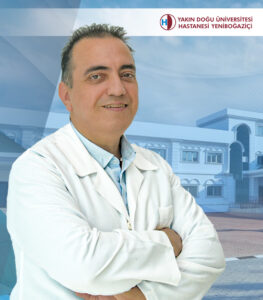Our aim is to increase the awareness neurological disorders Cyprus, and to provide a health service that places trust and communication at the forefront of modern treatment approaches. We operate patient specific units and polyclinic services to carry out this aim. These include: Headache Polyclinic, Parkinson’s and Mobility Diseases Polyclinic, Stroke Unit, Multiple Sclerosis Polyclinic, Dementia Polyclinic, Epilepsy Polyclinic, EEG Unit and Video-EEG Unit and EMG Unit. Fields of Interest of the Neurology Department: Headache Polyclinic Headaches that do have an underlying disease that causes them are called secondary headaches and they could be caused by: sinusitis, hunger, infections, cardiovascular and metabolism diseases, tumours within the head and many others. If headaches are periodical or long lasting, mild or severe, new and different, increase with time, begin after the age of 50, develop after trauma, increase with exercise and sexual activity, or do not respond to treatment, then a doctor must be consulted immediately. Although significant developments have been made in diagnosis in line with new technological developments, 25% of epileptic patients’ epileptic fits cannot be controlled, regardless of the use of suitable medication. As epilepsy is a multidisciplinary disease that must be managed in a specific manner, these patients are treated at our hospital at the specialised branch polyclinic. Our hospital has an Electroencephalography (EEG) which is used for the diagnosis of epilepsy. Additionally, Video EEG services, where the patient is continually monitored for 24 hours by an EEG technician or nurse, are provided at our hospital. Neurophysiology Laboratory Video EEG Unit EEG video monitoring is not only used for the differential diagnosis of fainting, but is also used in determining epilepsy surgery patients with resistive epilepsy. Additionally,it can help in thediagnosis of certain movement problems (periodic leg movements, restless leg syndrome etc.) that occur during sleeping and may cause sleep deficiencies. Stroke Unit and Stroke Polyclinic In order to be treated quickly, the symptoms of stroke must be recognised. Sudden loss of strength or loss of feeling in the face, arms and legs on the same side, visual problems (blindness or double vision), speech problems (blabbering, inability to talk or understand what is said), difficulty walking, dizziness and loss of consciousness. The best method of treatment that has been proven for stokes is thrombolytic (blood thinner) treatment within the first 3 hours. This has successfully been used in Cyprus since 2011 for early stage strokes. Research shows that the earlier this treatment is applied, the more effective it is. Patients who go to the hospital after recognising the symptoms of stroke are quickly evaluated in the emergency department by a neurology specialist.Blood tests, heart monitoring, brain tomography, MR and angiography are conducted in order to see the effects that the blocked artery has caused in the brain. The rescuable brain tissue is evaluated.Patients who are suitable are then given intravenousthrombolytic treatment and their blood pressure is monitored closely. Suitable patients are given clot busters and openers through an angiography, which producing positive outcomes by treating strokes that would otherwise be fatal and cause serious damage. Thrombolytic treatment is applied at international standards at the Near East University Hospital, Neurology Department Stroke Unit for the treatment of early stage strokes. In order for patients who have a previous history of stroke, to not have a relapse, the cause of the stroke must be found and the correct treatment must be conducted. Parkinson’s and Mobility Diseases Polyclinic Forgetfulness, Dementia and Alzheimer’s Polyclinic Patients are evaluated by specialist doctors, neuropsychological tests are conducted to research their brain functions, blood tests are conducted for the treatable causes of forgetfulness and brain MR and EEG are recommended for some patients if necessary at our polyclinic. Multiple Sclerosis (MS) Polyclinic One simple test cannot diagnose MS. The diagnosis of MS is determined by taking into consideration: the disease history, neurological examination, brain MR and test results of the spinal fluid. The attacks must occur two or more times in two or more areas of the central nervous system in order for the MS diagnosis to be given. Additionally, your doctor must eliminate other diseases that have similar symptoms. As well as injectable medication, in recent years, orally taken medications in tablet form have been introduced to the market. Also, immune-suppressant medications can be taken, depending on the course of the disease, in tablet form or through a serum into the veins. Injecting cortisone into the veins during the attacks reduces or completely prevents the symptoms of the attacks. Specially trained physicians and further test opportunities with modern approaches are available in the multiple sclerosis unit at the Near East University Hospital Neurology Department.

Headaches are common neurological conditions which can affect patients of all ages. Most headaches can be cured. Headaches can have many causes. Headaches that do not have an underlying cause are called primary headaches and the most common headache in this group are tension type migraines.
The only Video-EEG (Electroencephalography) on our island, which is known as a gold standard method for diagnosing epilepsy, is available for service at our hospital. Video-EEG monitoring is a testing method where the patient stays overnight and a continuous (night and day) EEG and video are recorded to diagnose patients with reoccurring fainting. The video recordings and brain wave activities are evaluated when the patient is fainting, which allows the condition to be classified. The length of time that the patient remains at the hospital depends on the time it takes for the patient to faint.
The disease that occurs when the brain blood vessels become blocked is called a stroke. There are two types of stroke. The first type is ‘’ischemic stroke’’. It generally occurs due to an abrupt blockage in the artery. 80% of strokes are of this type. The other type is haemorrhagic stroke. Strokes are the third most common cause of death around the world behind cardiovascular diseases and cancer, and they can cause severe defects.
Mobility defects, include diseases where the patient’s movements are slow and involuntary due to diseases that affect the brain’s centres that control mobility. The most common of these diseases is Parkinson’s, which causes shaking and slowness. The most common disease that causes involuntary movement is essential tremor, which is a familial disease that causes shaking. All other kinds of mobility diseases that cause slowness and involuntary movements are evaluated at our polyclinic and if needed,Botox applications can be conducted.
Forgetfulness is a common complaint impacting people of all ages. A large number of people who complain about forgetfulness can actually be treated. As in every society, people in our society also worry about Alzheimer’s as soon as they become forgetful. Due to increasingly aging population, Alzheimer’s disease is also increasing. Alzheimer is seen in 1 out of every 8 people over the age of 65 and one out of every two people over the age of 85. The Near East University Hospital Neurology Department ‘Forgetfulness, Dementia and Alzheimer Polyclinic’ continues its work with the aim of helping and raising awareness for suitable treatments, determining the causes of forgetfulness and dementia and diagnosing and treating it with modern tests and research.
Multiple sclerosis (MS) is a disease that occurs due to the nerves in the central nervous system (brain and spine) and the surrounding protective substance being damaged. When this protective substance called myelin is damaged, this causes the messages to be transmitted slower or not to be transmitted at all. Structures called MS plaques can occur in the affected areas of the brain or spine, which results in the symptoms of MS.
Symptoms: Double or blurry vision or short-term sight loss due to infected visual nerves (optic neuritis), which causes temporary loss of sight, tiredness (tiredness that prevents physical or mental activities), double vision, loss of strength in the arms and/or legs and problems related to coordination, bladder, bowel or sexual problems.
Neurology
